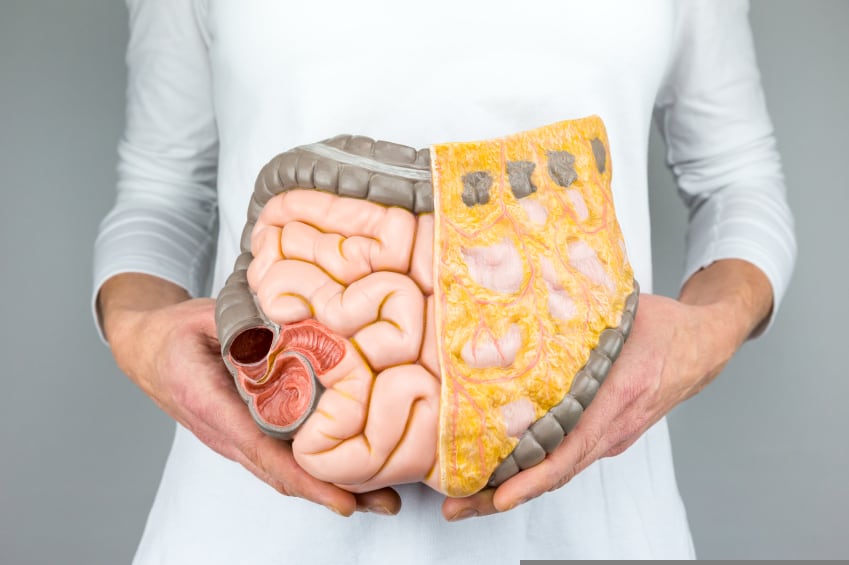In a commentary piece, the authors point to an insufficient nutrient intake as causing the loss of beneficial gut bacteria. This observation is most evident in industrialised societies.
One key nutrient that is lacking in the western diet is fibre. A typical westerner consumes half the fibre recommended in some dietary guidelines.
This 'fibre gap' presents a problem since dietary fibre is the primary source of nutrition accessible to gut bacteria in humans.
According to the researchers, this is leading to not only the loss of species reliant on this energy source but also a reduction of fermentation end-products that key physiological and immunological functions rely upon.
“By shifting to a diet that is fundamentally different to the diet under which the human–microbiome interrelationship evolved, we might have disrupted this symbiosis, reducing or removing the evolutionary routed benefits provided by the microbes,” said Jens Walter of the University of Alberta, Canada and co-author of the study.
“This process might have contributed to the rise of NCDs and a substantial degree of morbidity and mortality providing a strong incentive to consider attempts to conserve and potentially restore the gut microbiome.”
Low-fibre implications
Boosting fibre levels for health reasons is not a new idea. However, damage to microbiome diversity adds another reason as to how a low-fibre western diet is affecting the wellbeing of an individual and population.
The loss of microbial biodiversity in different populations has been observed in a number of studies using animal and human subjects.
Gut microbiome composition of those living in industrialised societies results in an individualised response to dietary fibre that may increase variation in findings from human trials.
One study that asked African American subjects to stick to a traditional South African diet with a daily dose of 55 g of dietary fibre showed improved markers of colon cancer within two weeks.
Closing remarks

Walter and co-author Edward Deehan concluded by discussing what scientists, food producers, policy makers and regulatory groups could do to address this fibre gap.
They emphasised that clinical assessments of different fibre types and fibre-enriched foods on microbiome outcomes were needed.
However they warned that the additional costs associated with high-fibre diets would still likely prevent them from being broadly embraced, as indicated by the inverse relationship between socioeconomic status and dietary fibre intake.
“One avenue could be to subsidise food products with established health benefits,” they suggested.
“If done right, the costs associated with promoting a healthy diet are likely low compared with the healthcare expenditures that could be saved.”
Although these strategies to boost the consumption of microbiota-accessible carbohydrates alone would likely be beneficial and could be immediately implemented, the researchers pointed towards the need to completely restore microbiome diversity lost through industrialisation.

The latter could be achieved through probiotics or live biotherapeutics, they believed although the development of such strategies would be challenging from a safety perspective.
In addition the action would most likely take decades and would need adjustments to regulatory policies in order for the first products to be implemented.
“Even if such products would become available, microbes can only be ‘reintroduced’ if humans consume a diet that supports their growth, providing another rationale to envisage a fundamental change to human diet.”
Source: Trends in Endocrinology & Metabolism
Published online ahead of print, doi.org/10.1016/j.tem.2016.03.001
“The Fiber Gap and the Disappearing Gut Microbiome: Implications for Human Nutrition.”
Authors: Edward Deehan, Jens Walter
